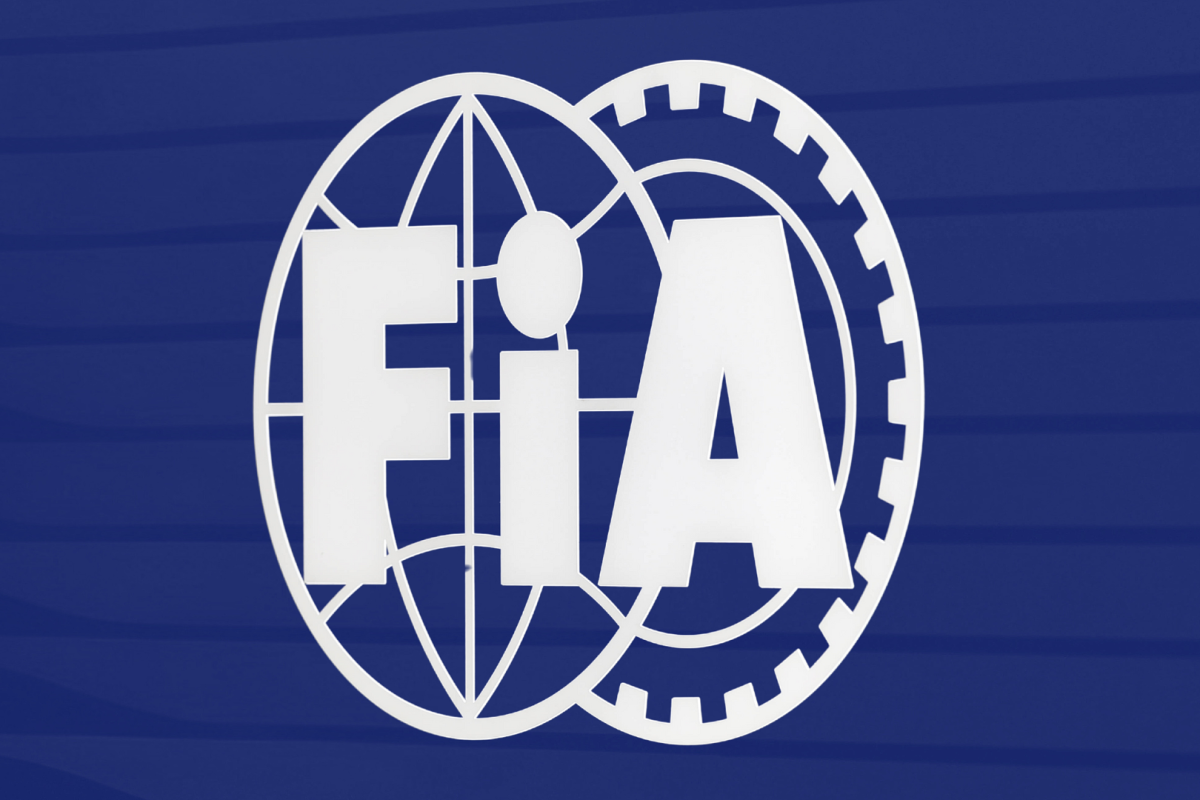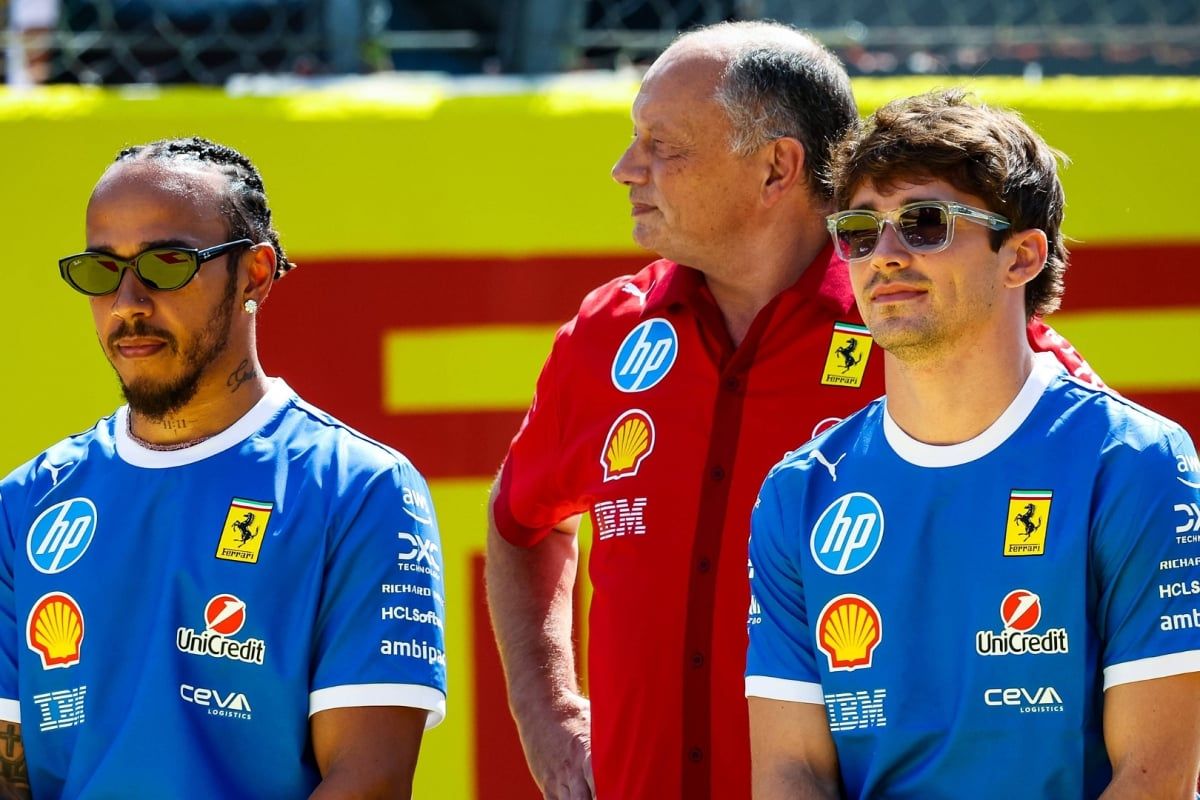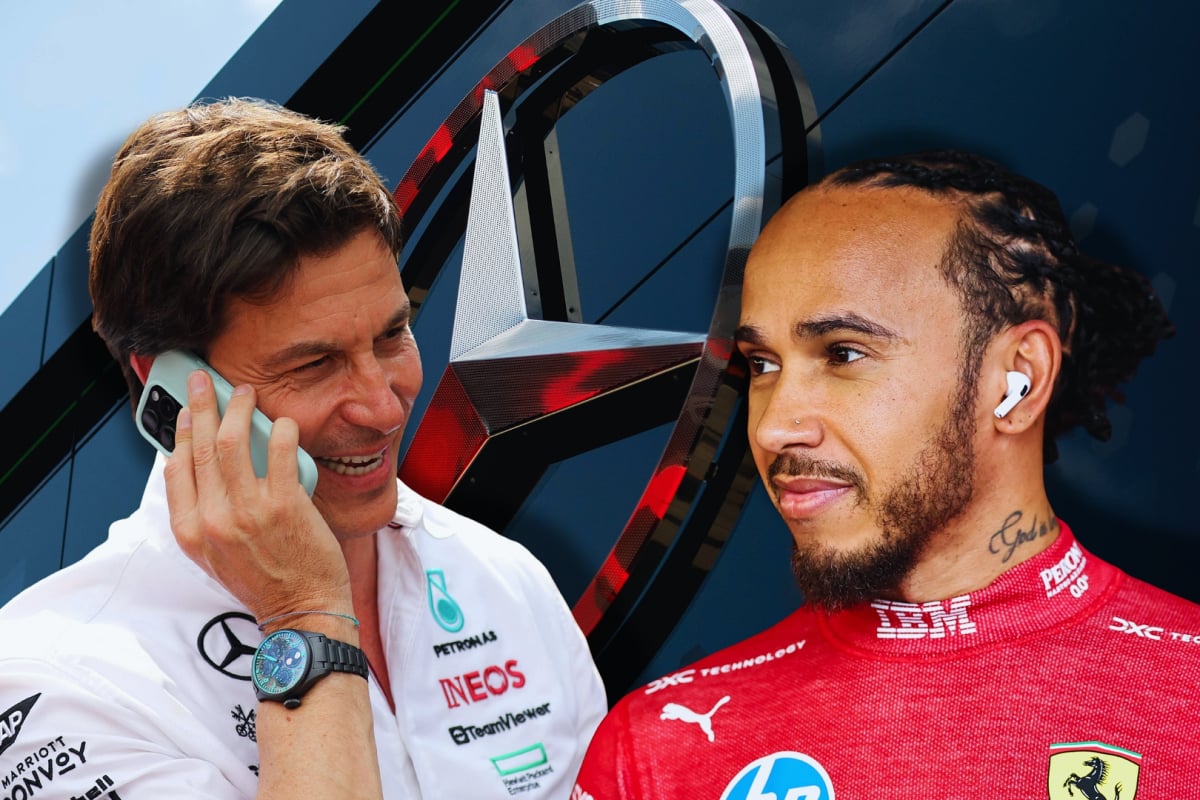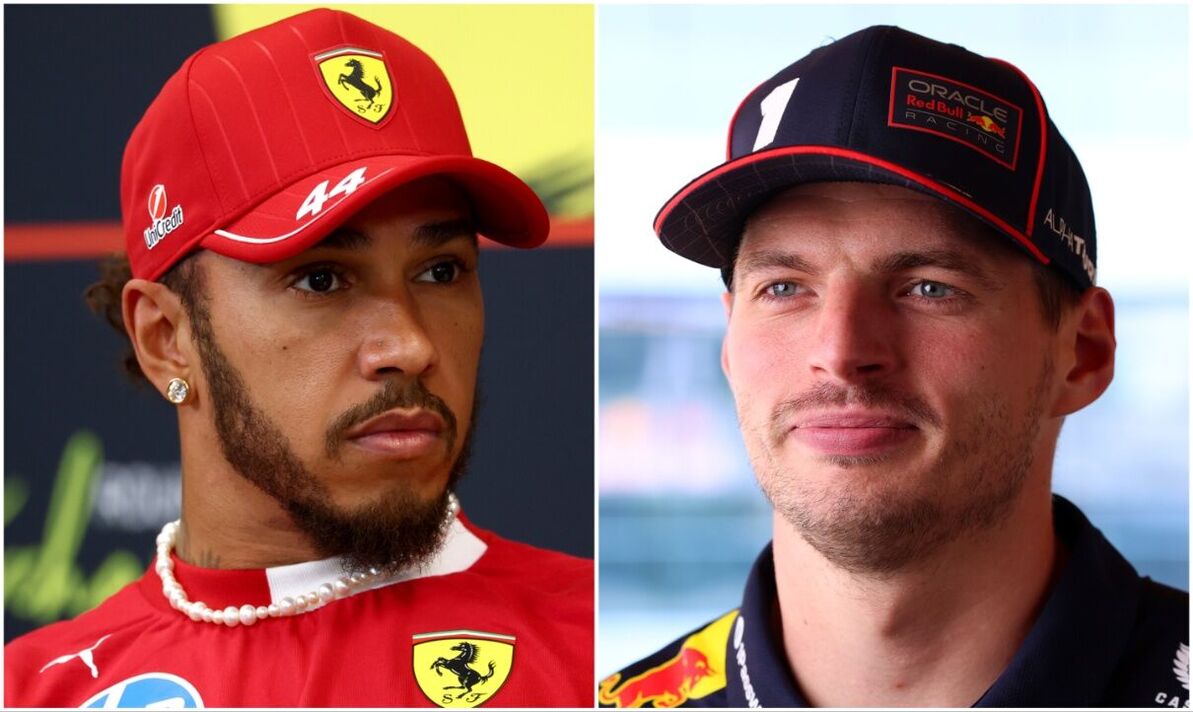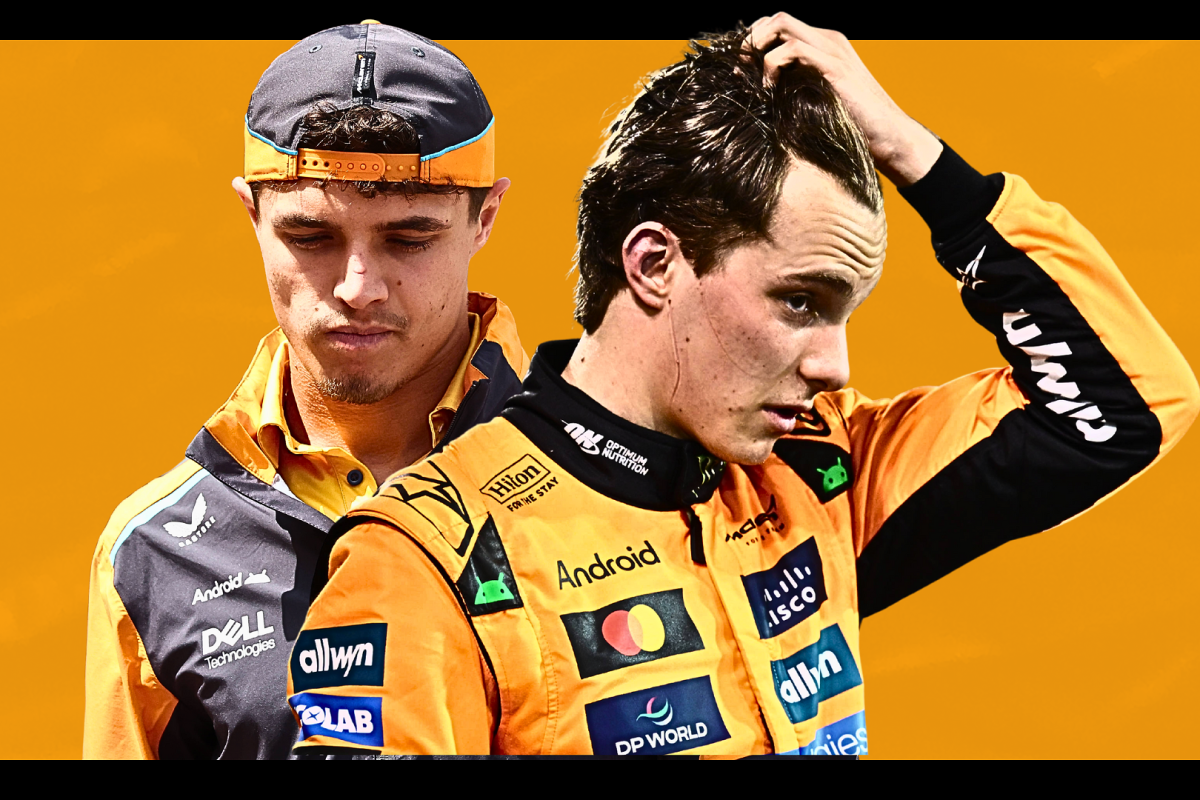FIA issue late penalty verdict for TWO F1 stars after Mi… read more
The yellow flag was triggered following an on-track incident, and the stewards opened an investigation to determine whether Gasly and Sainz had adequately responded. According to the stewards’ report, both drivers did not slow down as required by regulations during a caution period. During the hearing, each driver admitted that they neither saw a yellow flag nor spotted the stationary vehicle that had prompted the caution.
However, after closely analyzing available race footage and telemetry, the stewards concluded that the situation was unique due to several compounding factors. The yellow flag in question was reportedly only displayed from a single marshal post, and it appeared against a yellow background—a difficult visual contrast—on one of the fastest parts of the Miami circuit. Compounding this, there was no corresponding light panel alert at that section of the track, which meant that neither the teams nor the drivers received any supplementary visual or audible notification. Additionally, the car that had caused the caution was obscured behind a trackside barrier, completely out of the drivers’ line of sight.
Given these mitigating circumstances, the stewards opted not to impose grid penalties or time additions on either driver. Instead, both Sainz and Gasly were formally issued warnings. The FIA emphasized that while drivers are ultimately responsible for reacting to trackside flags, the unusual conditions of this specific situation merited leniency. “The Stewards consider all this as a unique scenario,” read the statement, “and, taking all these mitigating circumstances into account, issue a warning to the driver.”
As a result, the final classification of the Miami Grand Prix remains unchanged. Pierre Gasly retains his 13th place finish, while Carlos Sainz holds on to ninth, securing two valuable championship points for Ferrari. The FIA’s swift resolution ensures that teams can begin focusing on preparations for the next round without the uncertainty of pending disciplinary actions.
McLaren Dominates Amid Chaos in Miami
Elsewhere on the grid, McLaren delivered a commanding performance in Miami, securing a dominant victory that left their rivals in the dust. Oscar Piastri led the charge for the Woking-based team, finishing more than 30 seconds ahead of George Russell, who completed the podium in third place for Mercedes. This marks a significant step forward in McLaren’s championship campaign and further cements Piastri’s status as a rising star in Formula 1.
Piastri’s teammate, Lando Norris, endured a more turbulent race. Norris was involved in a first-lap incident with reigning world champion Max Verstappen. The collision saw both drivers lose significant time, effectively ending their hopes of contending for the win. Although Norris managed to continue, the damage sustained early on hindered his performance and ruled him out of the podium fight.
The race also saw its fair share of retirements. Four drivers failed to see the chequered flag: Jack Doohan, Ollie Bearman, Gabriel Bortoleto, and Liam Lawson. Technical failures and on-track incidents took their toll on several teams, adding to the unpredictability of the race weekend.
The Miami GP delivered drama on and off the track, from fierce battles among the midfield to late-night stewards’ deliberations. As the paddock now looks ahead to the next race, teams and drivers alike will reflect on what was a weekend full of learning moments and high-stakes racing under the Florida sun.
For Sainz and Gasly, the outcome of the investigation serves as a reminder of the fine margins that define modern Formula 1 racing—where even a flag seen too late, or not at all, can become a focal point for scrutiny. Fortunately for both, this time, discretion proved the better part of valor for the FIA stewards.
